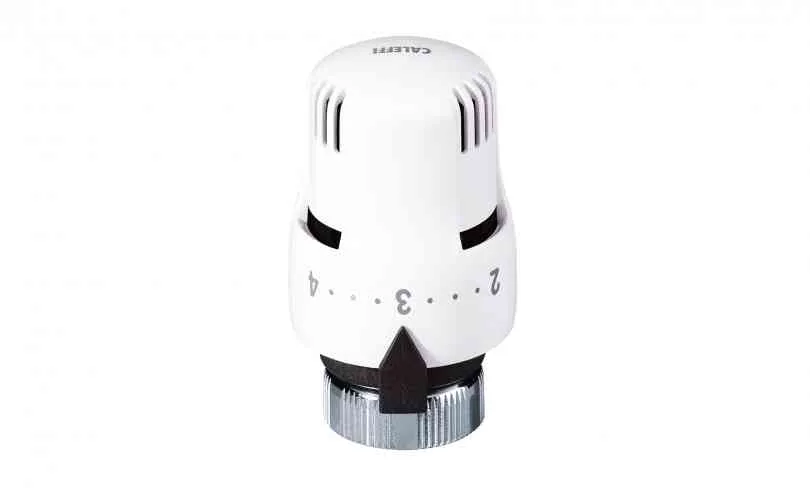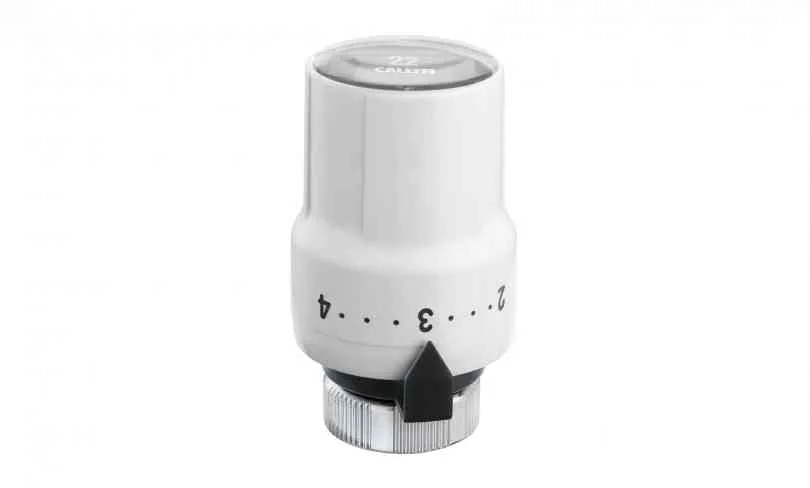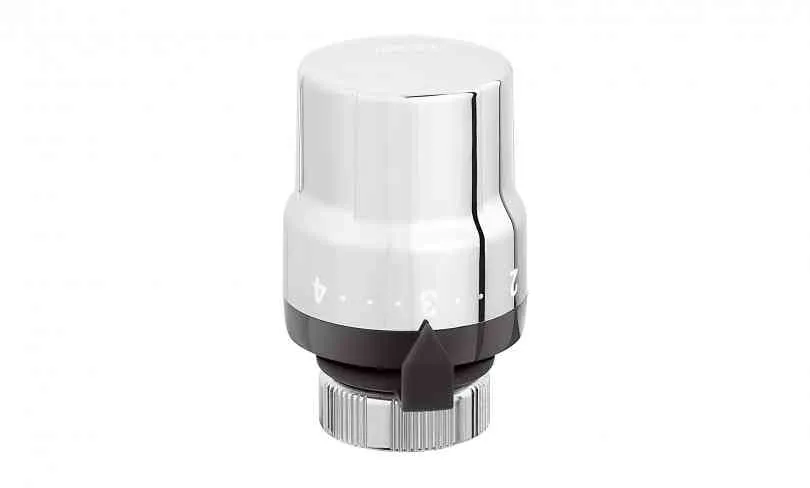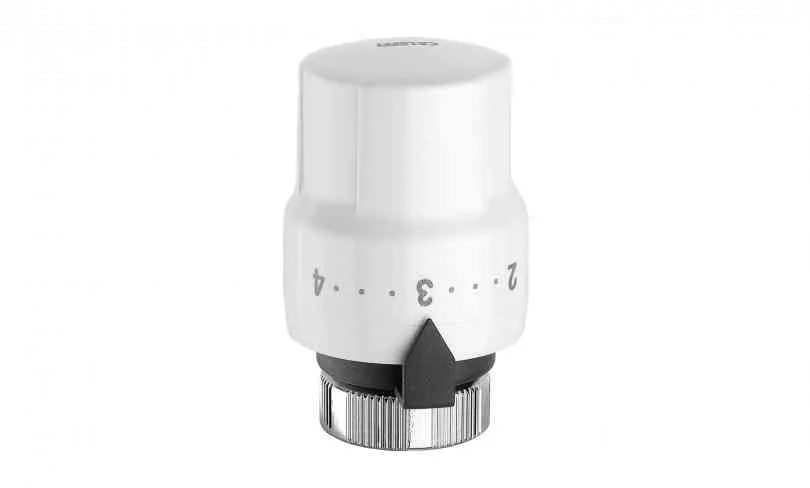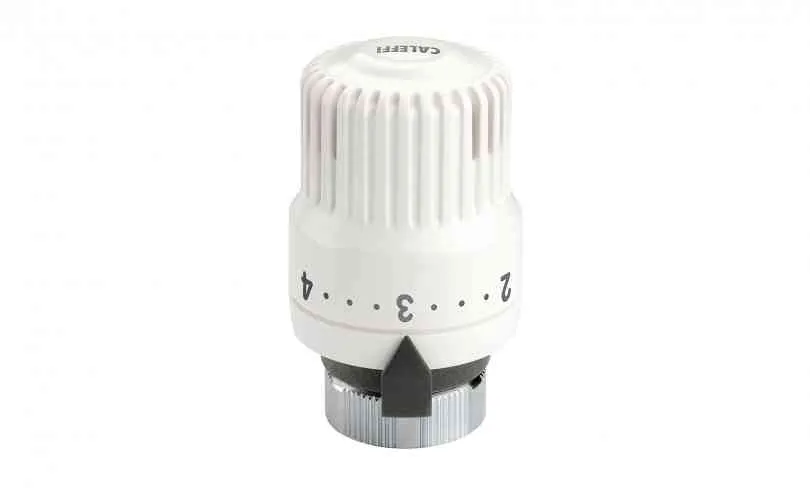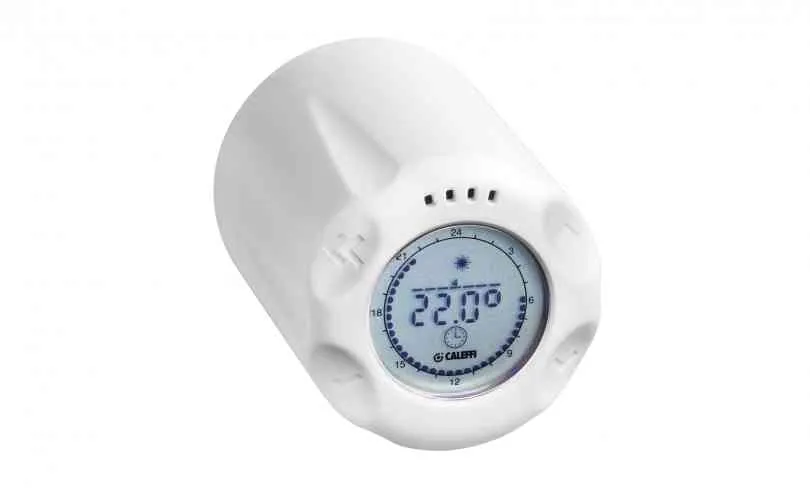
Thermostatic radiator valves
Function
Thermostatic radiator valves are typically used for regulating the medium flow to the radiators of heating systems. When combined to a thermostatic or thermo-electric control head, they keep the ambient temperature of the room where they are installed constant at the set value. This prevents unwanted temperature rises and achieves considerable energy savings. These valves have a special tailpiece with rubber hydraulic seal, permitting quick, safe connection to the radiator without the use of additional sealing materials.
Operating principle of thermostatic control head
The thermostatic valve control head is a proportional temperature regulator, consisting of bellows containing liquid. When the ambient temperature increases, this causes an expansion in volume in the bellows, which, in turn, dilate. When the temperature falls, the reverse takes place: the bellows contract due to the effect of the thrust generated by the return spring. The axial movement of the sensitive element is trasmitted to the valve obturator through the connecting spindle, thus regulating the flow of liquid to the heat emitter.
|
Serie |
Name |
|
200 |
Thermostatic control head. Built-in sensor with liquid-filled element. With adapter |
|
201 |
Thermostatic control head with liquid-filled element |
|
202 |
Thermostatic control head with liquid-filled element |
|
203 |
Thermostatic control head with contact probe |
|
204 |
Thermostatic control head |
|
210 |
WiCAL - Stand-alone chrono-thermostatic control head |
|
205 |
HIGH-STYLE - Thermostatic control head for designer heating system valves. Built-in sensor. White finish |
|
200 |
HIGH-STYLE - Thermostatic control head for designer heating system valves. Built-in sensor. High chrome finish |



